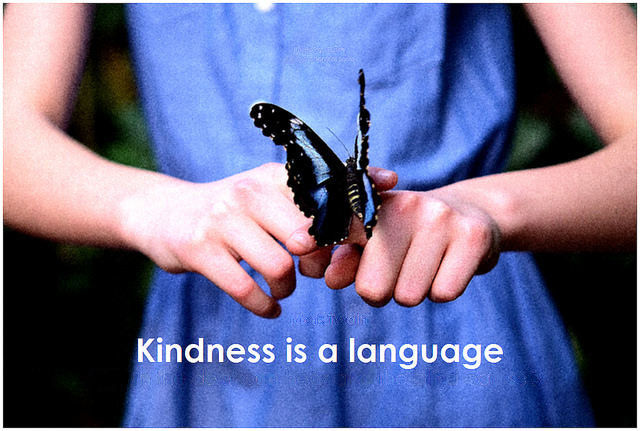While teaching someone else your native language might seem a little scary at first if you have never taught before, it’s important to remember two things: 1) the person across from you is likely going to learn a lot by interacting with you regardless of your lack of teaching experience, and 2) the most important thing is that you want to help. In fact, for anyone practicing language exchange for the first time who might be intimidated by using the word “teach,” you could just as easily use the terminology “help you learn.” It1 might be comforting to know that in all actuality, “I will help you learn English in exchange for you helping me learn your native language,” is a probably a more accurate representation.
Regardless, there is always value in learning a few pointers from those who are more experienced in language exchange and who have taught many people successfully. Here are a few suggestions from one such person. It is by no means an exhaustive list, and certainly there is no one “right way” to teach or practice English conversation, but you can use the list below as a collection of tips or as a basis that you can draw from to help foreign speakers learn.
It’s important to remember the list below does not address the difficulty that the English learner may have pronouncing the words or making the sounds, nor the fact that being understood is necessary to carry on a conversation. For the comfort level of the learner, you might consider helping him or her with the basic sounds as well, and recommending or providing a tool that he or she can use at home to practice so she/he can be understood.
Try teaching in the following order: (Introduce a little more at each lesson, while reviewing what was taught previously):
- Hello [method(s) of greeting]:
- How are you?:
- Thank you:
- Excuse me / I'm sorry:
- Yes / No / Maybe / I don't know
- [Basic pronouns (I, you, he, she, etc.)]:
- [Most basic verbs - to do / to make / to speak / to learn / to study / to go / to come / to like / to love / to know / to understand (without attn to conjugation)]:
- There are / There is / Are there? / Is there?
- [Locative pronouns (this, that), Locative adverbs (here, there, over there)]:
- [Question words (Where? How? Do/Does...? Why? How much? How many?)]:
- "How do you say ...in/by [language]"
Teach prepositions, adjectives, numbers and other basics keeping in mind sentence structure and the position and role that they play
- Expressing desire (I want to go; I want water)
- Expressing ability and negatives (I can speak / I don't speak / I can't speak)
- May I...? [asking permission]:
- Commands [remember levels of politeness/formality]
- If..., then... / Only if ..., then...
- But / And / Or:
- Because..., therefore...
- For (the sake of):
- Expressing volition (Let's go! / Let's ...!)
- Possessives/Modifiers (my, his)/(the big mane, the man who can sing)
After this, the student will have heard enough speech to understand the basics and hopefully what sounds can be made in the language. Heve the student keep interjections in mind "Uhmmm" "Like, like" " Y'know? Y'know?" "Ouch!" "Hey!" and insert them as you say them. If they are trying to recall a word, encourage them to say "Uhhh/Uhmm" in the way you would WHILE you are thinking. In the end, conversation is not about getting it “grammatically right,” it’s about communicating. There’s a time for explaining how things work, but don’t worry about mistakes while you are practicing the actual conversation—just keep going. Then go back to explain and fix things.
Photo Credit: GLady
Photo Credit: BK
Removed white text





